Reasons why children get asthma
Many people believe that if a child has a cough and runny nose for a long time, it will lead to asthma. This is wrong and unscientific . On the contrary, in children with prolonged cough or allergic rhinitis, a doctor needs to check to see if the cause of the symptom is asthma or another disease. That is, prolonged cough does not lead to asthma.
Asthma is a multifactorial disease, caused by the interaction between the patient's constitution (genetics, allergies, immune disorders) and environmental factors (cigarette smoke, air pollution, infections, allergens) and the time of interaction between these factors.
Asthma in children can be predicted based on the asthma prediction index including factors: eczema, parents with asthma, children with respiratory allergens, milk and egg allergies, allergic rhinitis and wheezing not related to colds.
Symptoms suggestive of asthma in children
In fact, when the weather is sunny and rainy, many children with asthma have to be hospitalized with symptoms of acute asthma. Children without a history of asthma also wheeze, cough with phlegm, and runny nose. So what are the symptoms when children have asthma? Symptoms of an asthma attack can include coughing, wheezing, chest tightness, difficulty breathing...
To diagnose asthma, it is necessary to combine two important factors: symptoms and suggestions.
Children with asthma (recurrent wheezing, family history, history of allergies...) Tests to determine airflow obstruction: Measure respiratory function.
However, young children are difficult to cooperate with and testing is not available in all medical facilities. Therefore, in children
- Recurrent wheezing (> 3 times in children > 2 times in children > 12 months) and wheezing confirmed by a physician.
- Wheezing responds to asthma treatment (inhaled Salbutamol).
- Family history of asthma or similar triggers in attacks.
- Wheezing not due to other causes. This must be examined by a doctor, asking questions carefully and performing some necessary tests.
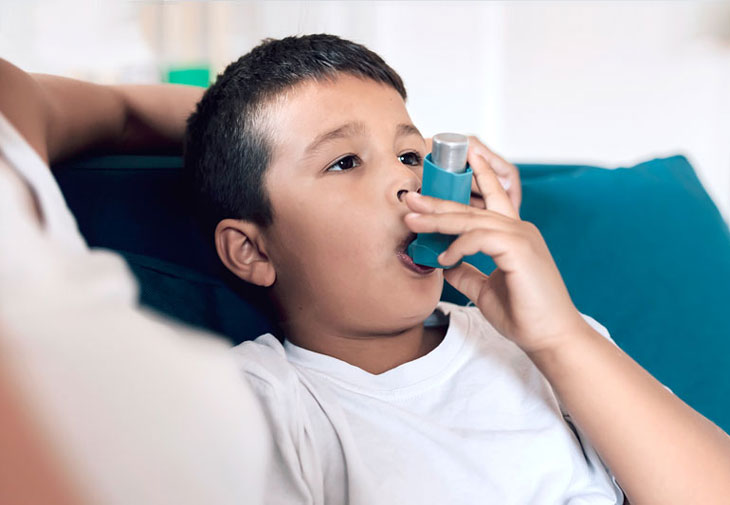
Asthma causes uncomfortable symptoms that interfere with children's play, study, movement and sleep.
Wheezing refers to the obstruction of the airways in the chest, which occurs when there is inflammation of the lower airways, or obstruction due to phlegm... When a child wheezes, we will see that the child has difficulty breathing out. If the wheezing is severe, we will hear a "wheezing" sound when the child breathes out. Even more severe is a whistling sound when the child inhales and exhales.
It is necessary to distinguish it from loud breathing in children with rhinopharyngitis, which is caused by mucus accumulating in the nasopharynx, creating a very loud "gurgling" or "sniffling" sound when the child breathes without causing real difficulty breathing "because the child can open his mouth to breathe".
So, it can be said that asthma is a chronic inflammatory disease of the airways, causing wheezing symptoms during acute attacks.
What to do when your child has an asthma attack?
When having an asthma attack, children will have difficulty breathing, have difficulty breathing, or cough continuously, have chest tightness, and breathe quickly.
If the child has been previously diagnosed with asthma and has symptoms that suggest the child is having an asthma attack, parents should give the child an aerosol or inhale medication through a metered dose inhaler with Salbutamol (blue bottle) as prescribed by the doctor. Then take the child to see a doctor for examination and treatment. Absolutely do not abuse Salbutamol for aerosol when the child is wheezing, or when the child coughs a lot for unknown reasons.
To prevent asthma from becoming life-threatening for children, parents need to identify and avoid triggers of acute asthma attacks.
Parents need to keep an asthma diary (number of attacks, duration of attacks, how they affect the child's daily activities) to have a database to discuss with the doctor, so that the doctor can come up with the most appropriate action plan. Understand how and when to use asthma medication. Ensure correct usage technique.
Parents should not stop taking preventive medications on their own when they see their child’s condition improving. Do not use medications as advised, especially herbal or traditional Chinese medicine to treat asthma… to avoid endangering the child’s health.
Asthma in children is classified phenotypically according to symptoms:
- Viral-onset asthma: Children have intermittent wheezing associated with viral upper respiratory infections, with no symptoms between episodes.
- Exercise-induced asthma: Children wheeze after strenuous exercise, but have no symptoms other than that.
- Asthma is triggered by many factors: Children wheeze due to many factors such as weather, exercise, viruses, allergens, and symptoms appear between wheezing episodes.
Childhood asthma is classified phenotypically according to time:
- Transient asthma: Children have asthma symptoms that end before the age of 3, often found in premature babies, low birth weight, families with smokers, repeated viral infections, often found in children without allergies.
- Persistent asthma: Children have asthma symptoms before age 3 and continue thereafter.
- Late-onset asthma: Children have asthma symptoms after 3 years of age.
Dr. Tran Anh Tuan
Source: https://giadinh.suckhoedoisong.vn/benh-hen-o-tre-co-bieu-hien-gi-172240625070448004.htm




![[Photo] Prime Minister Pham Minh Chinh chairs the national online conference on combating smuggling, production and trade of counterfeit goods.](https://vphoto.vietnam.vn/thumb/1200x675/vietnam/resource/IMAGE/2025/6/23/4a682a11bb5c47d5ba84d8c5037df029)

![[Photo] Prime Minister Pham Minh Chinh holds meeting to launch exhibition of national achievements to celebrate 80th National Day](https://vphoto.vietnam.vn/thumb/1200x675/vietnam/resource/IMAGE/2025/6/23/0c0c37481bc64a9ab31b887dcff81e40)

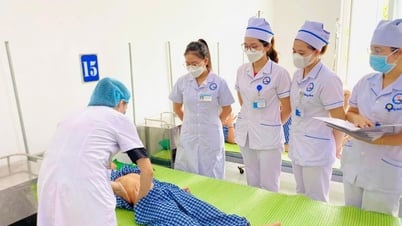



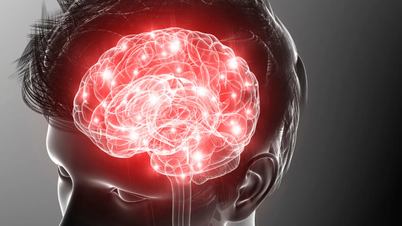

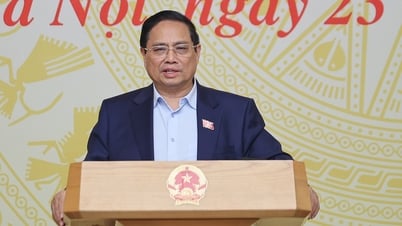










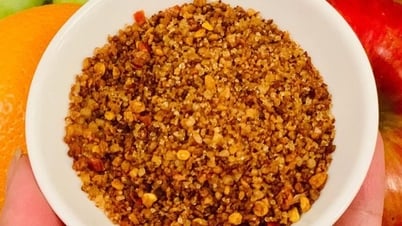



![[Photo] Party Congress of the Central Internal Affairs Commission for the 2025-2030 term](https://vphoto.vietnam.vn/thumb/1200x675/vietnam/resource/IMAGE/2025/6/23/5bf03821e6dd461d9ba2fd0c9a08037b)

































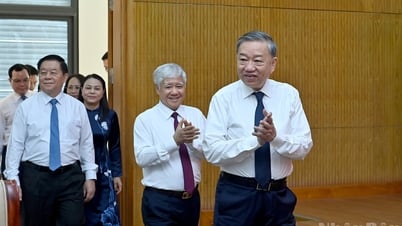

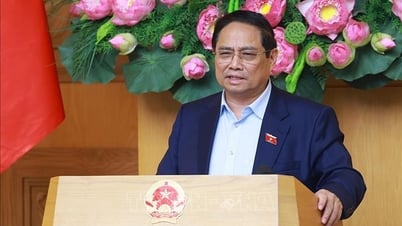


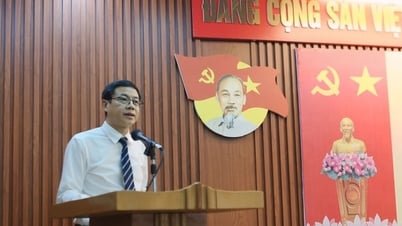






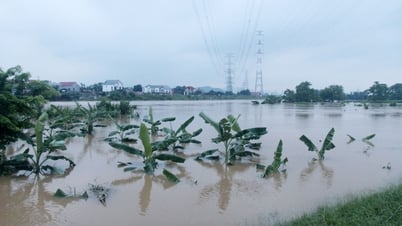





















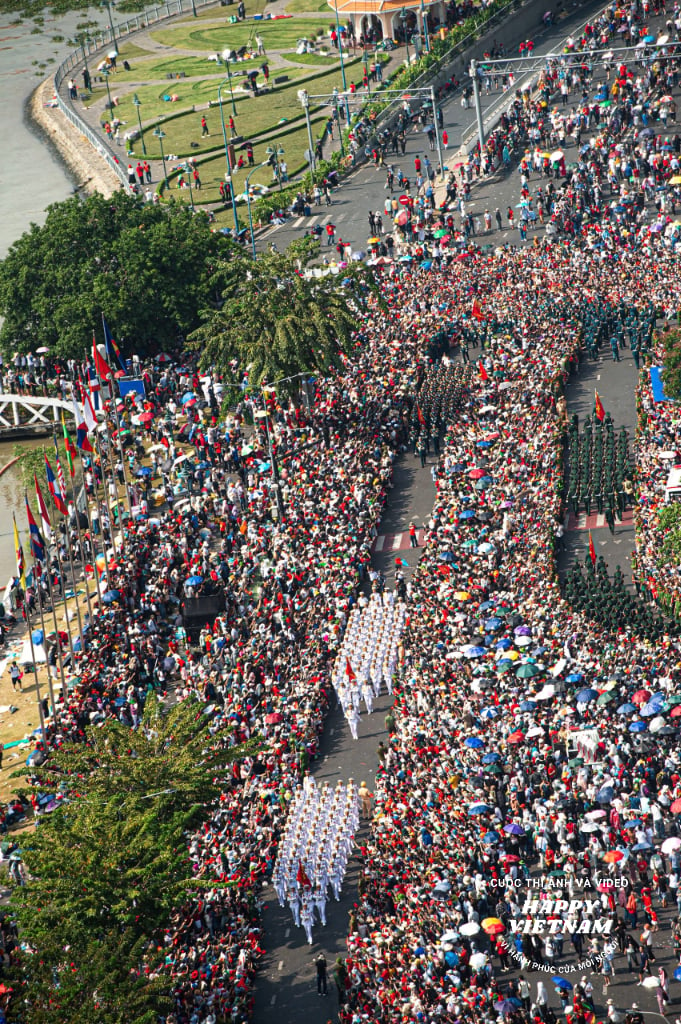
Comment (0)